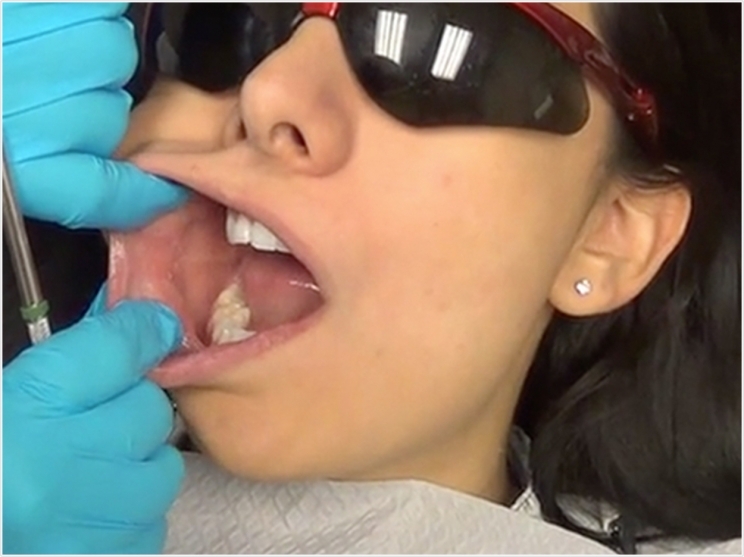
Someone dies of oral or oropharyngeal cancer every hour, every day, 365 days a year, according to the Oral Cancer Foundation (OCF), which adds that early detection and treatment of the disease reduces treatment-related health problems and increases survival rates.
To raise awareness of the importance of oral cancer screenings and early detection, the OCF joins with multiple professional dental organizations to promote Oral Cancer Awareness Month each April.
This year, 53,000 new cases of oral cancer will be diagnosed, and 43% of those individuals will not survive longer than five years, the OCF says. These death rates remain particularly high because these cancers are routinely discovered late in their development.
Patients who do survive suffer from long-term health problems such as severe facial disfigurement or difficulties with eating and speaking, the OCF adds. Routine examinations performed by oral health professionals remain the best method for early detection.
Plus, the OCF’s Check Your Mouth initiative encourages the public to regularly for signs and symptoms of oral cancer in their own mouths between dental visits and to see a dental professional if these signs don’t improve or disappear after two or three weeks.
Persistent and non-resolving signs and symptoms or oral cancer predominantly caused by tobacco and/or excessive alcohol usage may include one or more of the following:
- Any sore or ulceration that doesn’t heal within 14 days
- A red, white, or black discoloration of the soft tissues of the mouth
- Any abnormality that bleeds easily when touched (friable)
- A lump or hard spot in the tissue, usually on the border of the tongue (induration)
- Tissue raised above that which surrounds it; a growth (exophytic)
- A sore under a denture that does not heal even after adjusting the denture
- A painless, firm, fixated lump felt on the outside of the neck that has been there for at least two weeks
Signs and symptoms of oropharyngeal cancer caused by the human papillomavirus (HPV) may include one or more of the following, potentially persisting and not resolving for longer than two or three weeks:
- Hoarseness or sore throat that doesn’t resolve within a few weeks
- A swollen (and usually painless) tonsil on just one side
- A painless, firm, fixated lump felt on the outside of the neck that has been there for at least two weeks
- A persistent cough that does not resolve after many days
- Difficulty swallowing, or a sensation that food is getting caught in your throat
- An earache on one side (unilateral) that persists for more than a few days
Historically, those at an especially high risk of oral and oropharyngeal cancers have been heavy drinkers and smokers over the age of 50. But today the cancer also is occurring more frequently in nonsmoking people due to HPV-16, the virus most commonly associated with cervical cancer.
The sexually transmitted HPV-16 strain is related to the increasing incidence of oropharyngeal cancer, most commonly involving lymphoid tissue occurring in the tonsils or the base of the tongue.
About 99% of people who develop an HPV oral infection will clear the virus on their own. In about 1% of individuals, the immune system won’t clear the virus, and it can lay dormant for decades before potentially causing a cancer. This occurs mostly in a non-smoking population comprising males four to one over females.
The OCF is encouraging people to schedule an oral cancer examination with their dental provider and ask to make the exam a routine part of all future check-ups. Also, the OCD is providing a list of dental professionals who are offering free screenings this month.
Organizations joining the OCF in promoting Oral Cancer Awareness Month include:
- The Academy of General Dentistry Foundation
- The American Academy of Oral and Maxillofacial Pathology
- The American Academy of Oral and Maxillofacial Radiology
- The American Association of Oral and Maxillofacial Surgeons
- The American Academy of Oral Medicine
- The American Academy of Periodontology
- The American College of Prosthodontics
- The American Dental Hygienists’ Association
- The California Dental Hygienists’ Association
Related Articles
Oral Cancer: Fact Versus Fiction
Blood Test Detects Presence and Location of Wide Range of Cancers
Know Your Leukoplakias to Identify Oral Cancer











